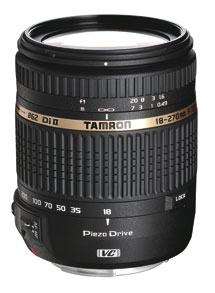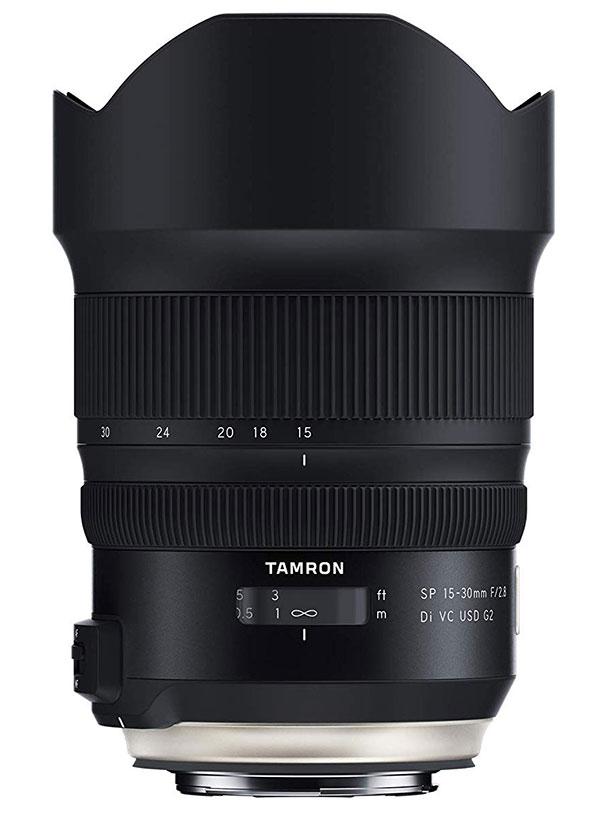Lens Reviews
Sort By: Post DateTitle Publish Date
|
Jul 23, 2019 |
|
Jul 10, 2020 |
|
Aug 16, 2018 |
|
Oct 29, 2020 |
|
Jun 01, 2011 |
|
Apr 25, 2020 |
|
Oct 21, 2022 |
|
Jun 07, 2024 |
|
Dec 11, 2018 |
|
May 13, 2015 |
|
Nov 30, 2016 |
|
Mar 17, 2017 |
|
May 06, 2013 |
First Published: Apr 01, 2013 |
|
Jul 25, 2019 |




 Tamron has always been a pioneer in the do-everything zoom lens category and their new AF18-270mm F/3.5-6.3 Di II VC PZD lens is no exception. Don’t be intimidated by those initials—it’s all good stuff—and I’ll get to them shortly. The 18-270mm F/3.5-6.3 is part of Tamron’s Di II family of lenses that are engineered specifically for digital SLRs with image sensors measuring 24x16mm, typically referred to as APS-C. The sensor size of the Canon EOS 50D I tested the lens with measures 22.3x14.9mm so I guess that’s close enough. The 15x zoom range of the lens provides a 35mm focal length equivalency of 28.8-432mm with the Canon EOS 50D’s 1.6x multiplication factor, but that will be slightly different for the Nikon and Sony versions that are also available. Shooting full frame? Check out Tamron’s Di lens series for 35mm film cameras or digital SLRs featuring larger (24x36mm) sensors.
Tamron has always been a pioneer in the do-everything zoom lens category and their new AF18-270mm F/3.5-6.3 Di II VC PZD lens is no exception. Don’t be intimidated by those initials—it’s all good stuff—and I’ll get to them shortly. The 18-270mm F/3.5-6.3 is part of Tamron’s Di II family of lenses that are engineered specifically for digital SLRs with image sensors measuring 24x16mm, typically referred to as APS-C. The sensor size of the Canon EOS 50D I tested the lens with measures 22.3x14.9mm so I guess that’s close enough. The 15x zoom range of the lens provides a 35mm focal length equivalency of 28.8-432mm with the Canon EOS 50D’s 1.6x multiplication factor, but that will be slightly different for the Nikon and Sony versions that are also available. Shooting full frame? Check out Tamron’s Di lens series for 35mm film cameras or digital SLRs featuring larger (24x36mm) sensors.





 I tend to travel on the wide side when it comes to lens selection, so it was exciting to get ahold of Tamron’s new super telephoto zoom—the SP 150-600mm f/5-6.3 Di VC USD G2 (Model A022). And what better way to give this big beauty a try than to take it on safari?
I tend to travel on the wide side when it comes to lens selection, so it was exciting to get ahold of Tamron’s new super telephoto zoom—the SP 150-600mm f/5-6.3 Di VC USD G2 (Model A022). And what better way to give this big beauty a try than to take it on safari?




